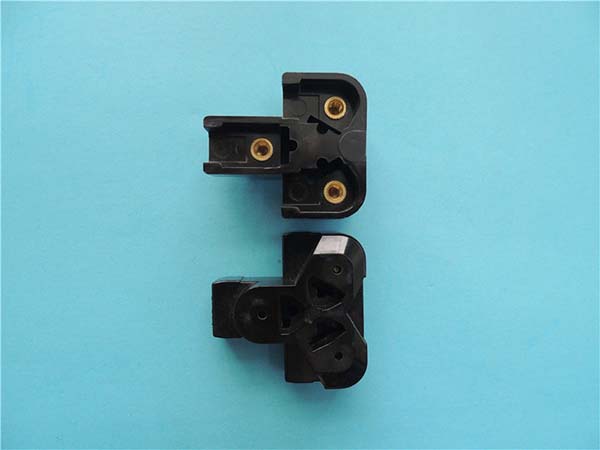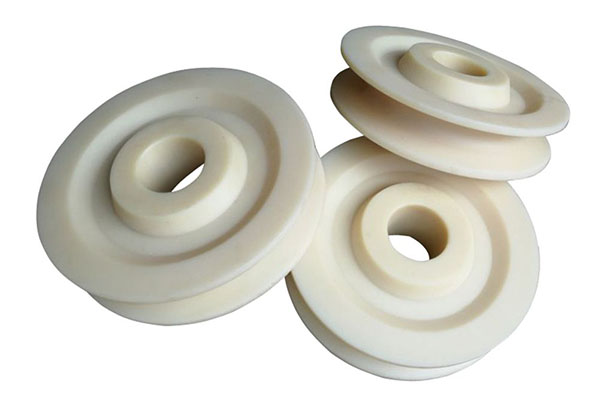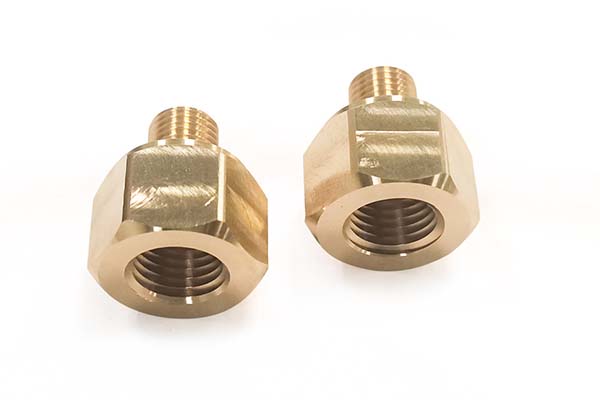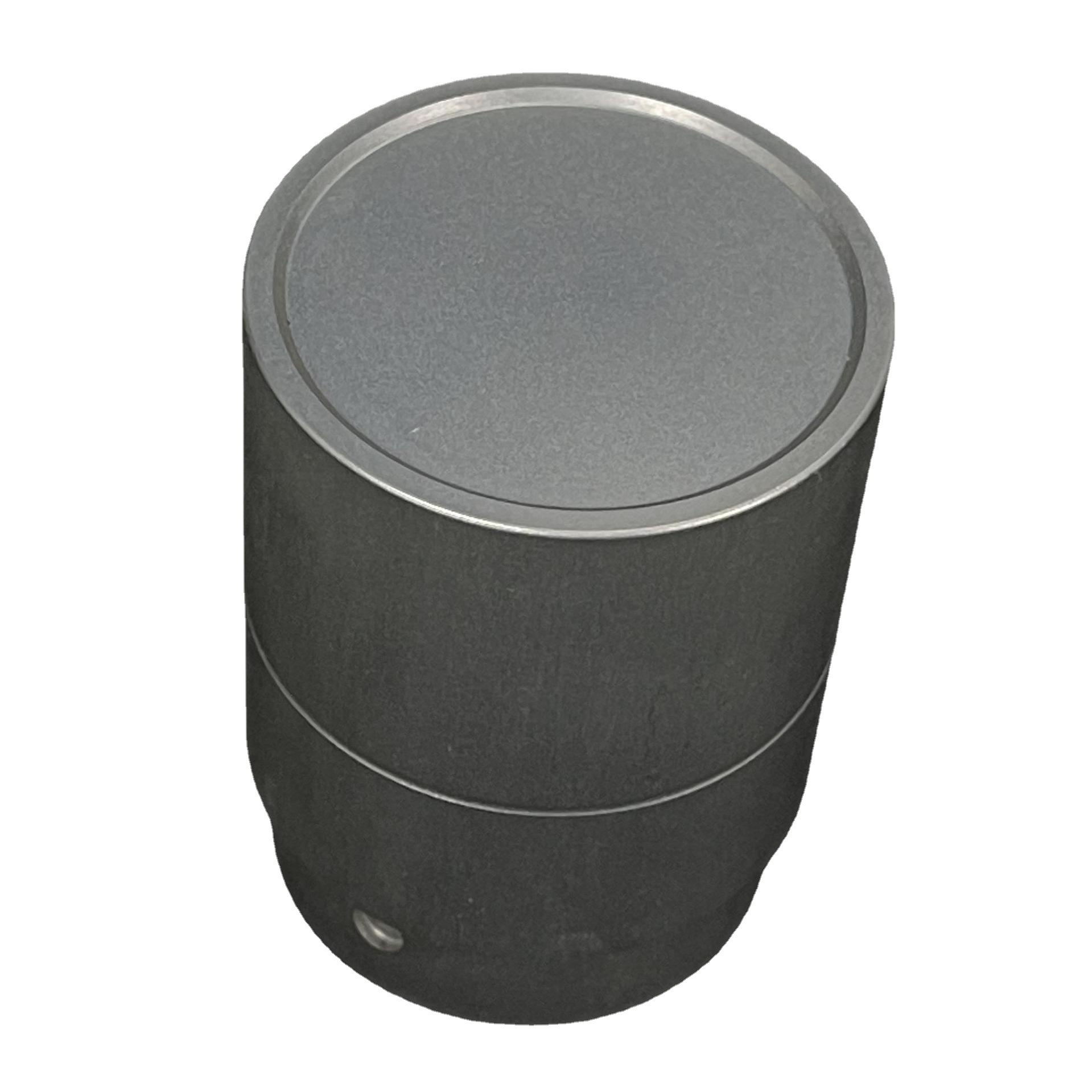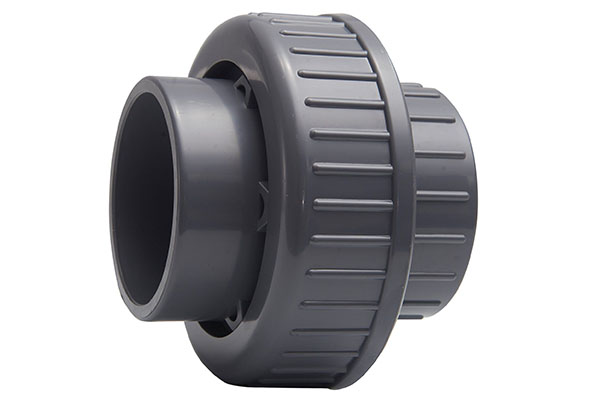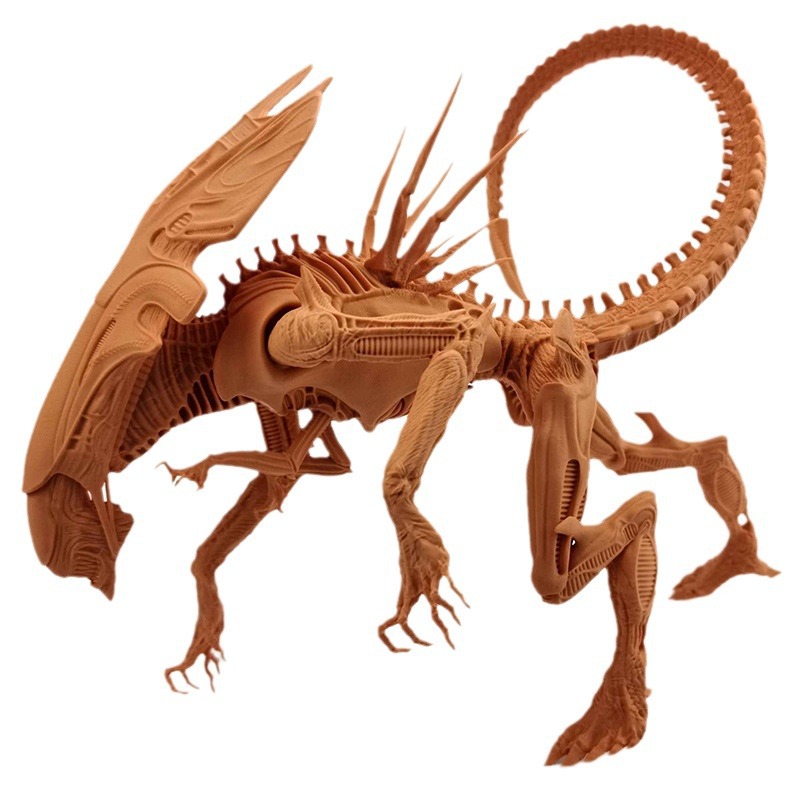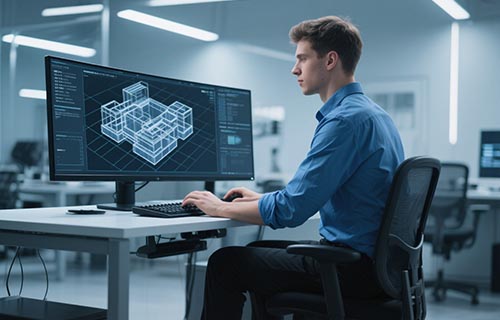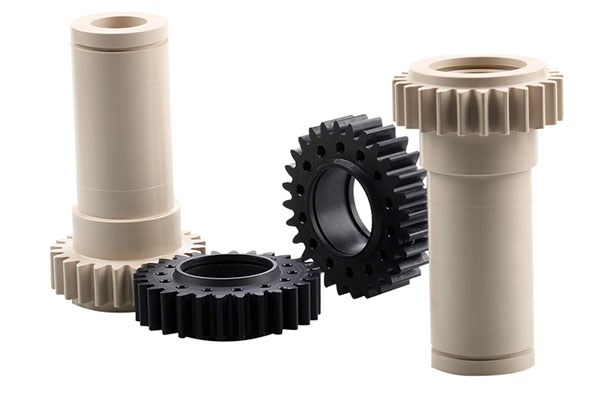1. Introduction
1.1 Definition and Basics of 3D Printing and Additive Manufacturing
3D printing, also known as additive manufacturing, is a revolutionary technology that has been transforming the manufacturing landscape in recent years. It is a process of creating three - dimensional solid objects from a digital file. The basic principle behind 3D printing is the layer - by - layer deposition of materials.
In contrast to traditional subtractive manufacturing methods, which remove material from a larger block to create the desired shape, additive manufacturing builds the object up from scratch. For Yigu Technology example, in a traditional machining process for creating a metal part, a large piece of metal is cut, drilled, and milled to remove the excess material. This often results in a significant amount of waste. In 3D printing, however, the material is precisely added in the areas where it is needed, layer upon layer, until the final 3D object is formed.
The digital file used in 3D printing is typically a 3D model created using computer - aided design (CAD) software or obtained from a 3D scanner. The 3D model is sliced into thin cross - sectional layers by specialized software. Each layer represents a thin slice of the final object, and the thickness of these layers can range from as little as a few microns to several millimeters, depending on the printer and the application.
There are various types of 3D printing technologies, each with its own unique characteristics and suitable materials. Some of the most common ones include:
- Fused Deposition Modeling (FDM): This is one of the most widely used 3D printing technologies, especially for hobbyists and small - scale production. In FDM, a thermoplastic filament is melted and extruded through a nozzle. The nozzle moves in a predefined pattern, depositing the molten material layer by layer. As the material cools, it solidifies, bonding to the previous layer. Common materials used in FDM include acrylonitrile butadiene styrene (ABS), polylactic acid (PLA), and nylon. For instance, a simple plastic toy can be easily printed using PLA filament with an FDM printer.
- Stereolithography (SLA): SLA uses a photosensitive resin as the material. An ultraviolet (UV) laser is used to cure the resin layer by layer. The laser traces the shape of each layer onto the surface of the liquid resin, solidifying it. This technology offers high - resolution prints and smooth surfaces, making it suitable for applications such as jewelry making, dental models, and small - scale prototypes. For example, a detailed and delicate jewelry design can be accurately printed using SLA technology.
- Selective Laser Sintering (SLS): SLS uses a laser to sinter powdered materials, such as plastic, metal, or ceramic. The laser heats the powder particles, causing them to fuse together. One advantage of SLS is that it does not require support structures during the printing process, as the unsintered powder supports the part being printed. SLS is often used in the production of functional parts, such as automotive components and aerospace parts, due to its ability to work with a variety of materials and its relatively high strength of the printed parts.
Yigu Technology Additive manufacturing and 3D printing are essentially two terms that are often used interchangeably. Additive manufacturing is a broader term that encompasses all processes of creating objects by adding material layer by layer. 3D printing, on the other hand, is a more popular and commonly used term, especially in consumer - facing and general - public contexts. They both share the core concept of building 3D objects from digital models through additive processes, and this technology has opened up new possibilities in various industries, from healthcare and aerospace to art and education.
1.2 The Concept of One - Stop 3D Printing Store
A one - stop 3D printing store is a comprehensive service provider that offers a wide range of services related to 3D printing, all under one roof. This type of store aims to simplify the 3D printing process for customers by providing everything they need from the initial design phase to the final product delivery.
The services typically offered by a one - stop 3D printing store include:
| Service | Description |
| 3D Design | Professional designers on - site or accessible remotely can help customers create or modify 3D models. This is crucial for those who have an idea but lack the skills or software to create a 3D model. For example, a small business owner who wants to create a unique product prototype can work with the store's designers to bring their concept to life. |
| 3D Printing | The store is equipped with a variety of 3D printers, including different types such as FDM, SLA, and SLS printers, to meet the diverse needs of customers. They can print objects of various sizes, materials, and complexities. Whether it's a small plastic figurine or a large - scale industrial part, the store can handle the printing job. |
| Material Selection | A wide range of 3D printing materials is available, and the store staff can provide advice on the most suitable material for a particular application. For instance, when printing a part that needs to be heat - resistant, they can recommend high - temperature - resistant materials like polyetherimide (PEI). |
| Post - Processing | After the printing is complete, the store offers post - processing services. This can include removing support structures, sanding, polishing, painting, and surface treatment. These processes are essential to improve the appearance, functionality, and durability of the printed objects. For example, a printed metal part may need to be polished to achieve a smooth surface finish for better aesthetics and performance. |
The convenience of a one - stop 3D printing store is evident. Instead of customers having to search for different providers for design, printing, and post - processing, they can have all these services done in one place. This not only saves time but also ensures better communication and coordination throughout the process. For example, if there are any issues with the 3D model during the printing process, the designers and printers can easily collaborate to find a solution. It also reduces the risk of miscommunication that could occur when dealing with multiple vendors. In addition, the store's expertise in all aspects of 3D printing can provide customers with valuable insights and suggestions, helping them to achieve better - quality results for their 3D printing projects.
2. The Significance of One - Stop 3D Printing Stores in Additive Manufacturing
2.1 Streamlining the Workflow
Yigu Technology One - stop 3D printing stores play a crucial role in streamlining the additive manufacturing workflow. In a traditional 3D printing process, customers often have to deal with multiple vendors and service providers. They may need to find a 3D design firm to create the digital model, then search for a 3D printing service with the right equipment and materials, and finally look for a post - processing service to finish the product. This fragmented approach can lead to inefficiencies, miscommunications, and longer lead times.
For example, consider a small startup that wants to develop a new consumer product. The process starts with the product design phase. In a one - stop 3D printing store, the startup can work directly with the in - house design team. The designers can quickly understand the product concept, market requirements, and any functional constraints. They can then create a 3D model using advanced CAD software, making adjustments and improvements in real - time based on the startup's feedback.
Once the design is finalized, the 3D model can be seamlessly transferred to the printing department within the store. The store's staff, who are familiar with a variety of 3D printing technologies, can select the most appropriate printer and printing parameters. For instance, if the product requires high - precision and smooth surfaces, an SLA printer might be chosen. If cost - effectiveness and large - scale production are priorities, an FDM printer could be a better option.
After the printing is completed, the post - processing team in the one - stop store can immediately take over. They can remove support structures, perform sanding to smooth the surface, and apply any necessary coatings or finishes. This integrated process not only saves time but also reduces costs. There is no need to ship the product between different locations for each stage of the process, eliminating shipping fees and potential damage during transit. Moreover, the communication between different teams within the one - stop store is much more efficient, reducing the risk of misunderstandings that could lead to costly rework.
2.2 Access to a Wide Range of Materials and Technologies
One - stop 3D printing stores offer customers access to a diverse array of materials and 3D printing technologies. This variety is essential as different applications have unique requirements in terms of material properties, such as strength, flexibility, heat resistance, and chemical resistance.
Common 3D printing materials available in these stores include:
| Material | Characteristics | Application Scenarios | Advantages |
| PLA (Polylactic Acid) | A biodegradable thermoplastic made from renewable resources like corn starch or sugarcane. It has a relatively low melting point, is easy to print, and has a smooth surface finish. | Ideal for printing decorative items, toys, and prototypes. It is also popular in the education sector due to its ease of use and non - toxicity. | Environmentally friendly, easy to work with, and has a wide color range. Low cost compared to some other materials. |
| ABS (Acrylonitrile Butadiene Styrene) | A strong and durable thermoplastic with good heat resistance. It is often used in applications where strength and toughness are required. | Suitable for manufacturing functional parts, such as machine components, tool handles, and automotive parts. | High strength, can withstand mechanical stress and heat to a certain extent. It can be post - processed, such as using acetone vapor to smooth the surface. |
| PETG (Polyethylene Terephthalate Glycol - modified) | A semi - crystalline thermoplastic with good chemical resistance, toughness, and clarity. It is a popular choice for applications that require both strength and transparency. | Used for making items like water bottles, display cases, and some medical devices. | Durable, has excellent layer adhesion, and is less likely to warp during printing compared to ABS. It can be printed with or without a heated bed. |
| Nylon | A high - performance thermoplastic with excellent strength, abrasion resistance, and chemical resistance. It also has good flexibility in some formulations. | Commonly used in the production of industrial parts, such as gears, bearings, and aerospace components. | Exceptional mechanical properties, can withstand harsh environments, and has good fatigue resistance. |
| Metal Powders (e.g., Aluminum, Stainless Steel, Titanium) | These are used in metal 3D printing processes. Metal parts printed from powders can have high strength and precision. | Aerospace, automotive, and medical industries. For example, metal 3D - printed components are used in aircraft engines, prosthetics, and dental implants. | High - strength and high - precision parts can be produced, enabling complex geometries that are difficult to achieve with traditional manufacturing methods. |
In terms of technologies, one - stop stores typically offer the following:
| Technology | Working Principle | Application Scenarios | Advantages |
| FDM (Fused Deposition Modeling) | A thermoplastic filament is melted and extruded through a nozzle. The nozzle moves in a predefined pattern, depositing the molten material layer by layer. | Ideal for creating large - scale prototypes, functional parts for DIY projects, and low - cost production runs. | Low - cost entry point, easy to operate, and a wide range of available thermoplastic materials. It can print large - sized objects. |
| SLA (Stereolithography) | An ultraviolet (UV) laser is used to cure a photosensitive resin layer by layer. The laser traces the shape of each layer onto the surface of the liquid resin, solidifying it. | Jewelry making, dental models, and creating highly detailed prototypes where smooth surfaces and high precision are required. | High - resolution prints with smooth surfaces, capable of producing very intricate designs. |
| SLS (Selective Laser Sintering) | A laser is used to sinter powdered materials, such as plastic, metal, or ceramic. The laser heats the powder particles, causing them to fuse together. | Production of functional parts, especially in industries like automotive and aerospace, where high - strength parts are needed. It can also be used for creating custom - fit products. | No support structures are required during printing as the unsintered powder supports the part. It can produce parts with complex internal geometries. |
3. Comparing Traditional Manufacturing and One - Stop 3D Printing Store - Enabled Additive Manufacturing
3.1 Cost - effectiveness
When it comes to cost - effectiveness, traditional manufacturing and one - stop 3D printing store - enabled additive manufacturing have distinct characteristics.
The following table summarizes the cost - related aspects of traditional manufacturing and one - stop 3D printing store - enabled additive manufacturing:
| Cost Aspect | Traditional Manufacturing | One - Stop 3D Printing Store - Enabled Additive Manufacturing |
| Equipment and Setup Costs | High initial investment in expensive machinery and complex setup processes. | A wide range of printer options with lower - cost entry points, and costs can be spread across multiple customers in a one - stop store. |
| Mold and Tooling Costs | High costs for custom - made molds and tooling, and changes in design require new molds. | No need for molds in most cases, reducing upfront costs. |
| Material Waste and Cost | High material waste, leading to increased raw material costs and waste - disposal costs. | Minimal material waste, high material utilization rate, and some materials can be recycled. |
In small - batch production, the cost - effectiveness of 3D printing becomes even more evident. For example, when producing 100 units of a custom - designed plastic part, traditional manufacturing would still need to cover the high mold - making cost, while 3D printing can produce the parts at a lower overall cost as it does not have the mold - related expense.
3.2 Design Freedom and Customization
Yigu Technology Customization is another area where 3D printing excels. One - stop 3D printing stores can produce highly personalized products. In the medical field, custom - fit prosthetics can be 3D - printed based on the specific measurements of a patient's limb. This ensures a perfect fit and maximum comfort for the patient. In the consumer goods industry, companies can offer customized products such as personalized phone cases. Customers can upload their own designs or choose from a variety of pre - designed elements, and the one - stop 3D printing store can print the phone cases according to their preferences.
This complex 3D - printed object has multiple interlocking parts, internal cavities, and thin - walled structures. Such a design would be nearly impossible to create using traditional manufacturing methods without significant modifications and additional manufacturing steps. 3D printing allows for the creation of these complex structures in a single build, reducing the need for assembly and potentially improving the structural integrity of the final product.
3.3 Production Time
The following table compares the production time aspects of traditional manufacturing and one - stop 3D printing store - enabled additive manufacturing:
| Production Aspect | Traditional Manufacturing | One - Stop 3D Printing Store - Enabled Additive Manufacturing |
| Production Steps | Multiple sequential steps including forging, machining, heat treatment, etc., each with setup and processing time. | Single - step (printing) process after 3D model preparation. |
| Setup Time | Long setup time for production line, especially for new products, including tooling and fixture design. | Minimal setup time; starts printing once the 3D model is ready. |
| Time for Small - Batch Production | Long production time due to sequential steps and setup requirements, even for small quantities. | Short production time, suitable for quick turnaround of small - batch orders. |
| Urgent Orders | Difficult to handle urgent orders as the production process is complex and time - consuming. | Can handle urgent orders more effectively with quick printing and in - house services. |
In the automotive industry, 3D printing is often used for rapid prototyping. A car manufacturer can quickly print a prototype of a new car part, such as a dashboard component, to test its fit and functionality. This reduces the time it takes to bring a new product to market compared to traditional prototyping methods, which may involve creating a mold or using traditional machining techniques. Overall, 3D printing's ability to shorten production time provides a significant advantage in situations where speed is crucial, such as in response to market demands or in emergency repair scenarios.
4. Conclusion
In Yigu Technology conclusion, one - stop 3D printing stores have emerged as a game - changer in the realm of additive manufacturing. They have successfully streamlined the workflow, providing a seamless experience from the initial design concept to the final product. By eliminating the need to deal with multiple vendors for different aspects of 3D printing, these stores have significantly reduced inefficiencies, miscommunications, and lead times. This streamlined process is not only beneficial for small - scale entrepreneurs and hobbyists but also for large - scale industries looking to accelerate their product development cycles.
The access to a wide range of materials and technologies offered by one - stop 3D printing stores has expanded the possibilities of additive manufacturing. Whether it's the use of biodegradable plastics for environmentally - conscious projects, high - strength metals for aerospace applications, or specialized resins for detailed prototypes, the availability of diverse materials has enabled customers to choose the best fit for their specific needs. The variety of 3D printing technologies, such as FDM, SLA, and SLS, further caters to different requirements in terms of precision, speed, and cost.
The expertise and support provided by the staff in these stores are invaluable. From design optimization to technical advice and troubleshooting, the knowledge and experience of the team can make a significant difference in the success of a 3D printing project. They can help customers overcome challenges, make informed decisions, and achieve high - quality results.
FAQ
- Q1: What types of materials can I choose from in a one - stop 3D printing store?
A: One - stop 3D printing stores typically offer a wide range of materials, including PLA (Polylactic Acid), ABS (Acrylonitrile Butadiene Styrene), PETG (Polyethylene Terephthalate Glycol - modified), nylon, and various metal powders such as aluminum, stainless steel, and titanium. The choice of material depends on your specific application requirements, such as strength, flexibility, heat resistance, and cost.
- Q2: How much does it cost to use the services of a one - stop 3D printing store?
A: The cost varies depending on several factors, including the type of 3D printing technology used, the material chosen, the size and complexity of the object, and the post - processing services required. For simple objects printed with common materials like PLA using FDM technology, the cost may be relatively low. However, for complex parts printed with high - end materials and advanced technologies such as SLS or metal 3D printing, the cost will be higher. It's best to consult with the store directly for a detailed quote based on your specific project.
- Q3: Can I get help with the 3D design if I don't have the skills?
A: Yes, most one - stop 3D printing stores have in - house 3D designers or can provide access to design services. Whether you have a rough idea or a more detailed concept, the designers can help you create a 3D model suitable for 3D printing. They can also offer advice on design optimization to ensure the best possible printing results in terms of functionality, cost, and printability.

